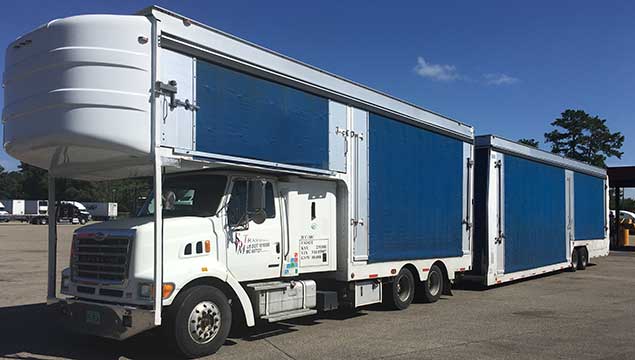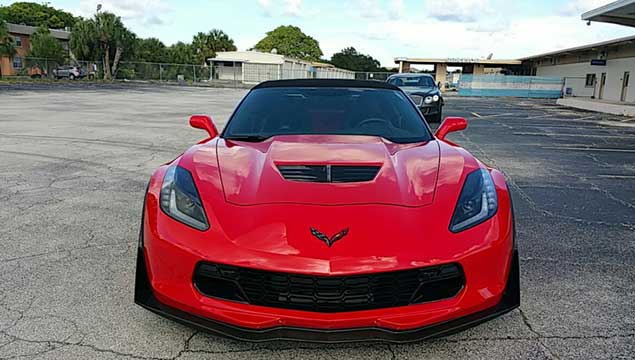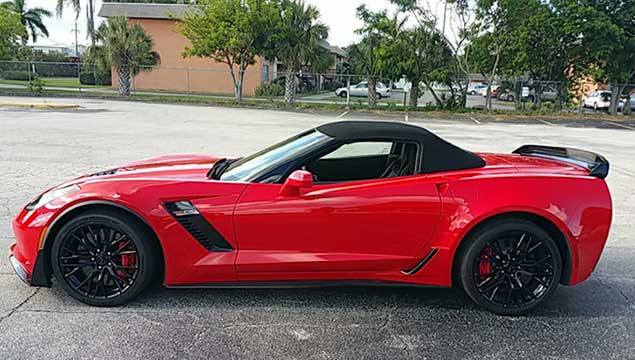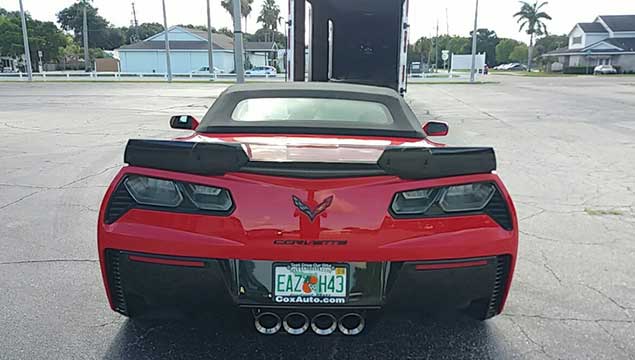Reasons to Use an Enclosed Auto Transport
These days, with eBay motors and more options to purchase safely online, more people are starting to buy their car from out of state. There are a variety of reasons to do so, one being that you’re more likely to find exactly the car you want with a decent price tag attached to it. If you’re a classic car buyer, buying cars from out of state is basically your only option in some cases. The car in question might be very rare, or it may be difficult to find one in good shape in your local area.
You have a few options as to how to handle these situations. You can fly out to the new car and drive it back yourself, but who has that kind of time set aside? If you’re like most of us, you’re locked into a job and can’t just take time off to go and pick up a car. You could try and pay the seller to drive it to you, but that’s nearly impossible for most of us. That’s why more Americans are turning to enclosed auto transport companies to move their car for them.




Protection
A classic car’s paint job is not something that’s easy or inexpensive to fix. Most people go through a great deal of mental anguish just trying to find a body shop they want to work with, let alone choosing colors they want and making sure that all the colors match. If you try to ship your car across the US in an open carrier, your car will get dirt all over it by the time it’s delivered. A good car wash will usually fix the issue, but if debris like small pebbles were kicked up by passing traffic, your car may have some residual scratches in the chrome or in the paintjob.
You might think you’re saving money by using an open carrier, but the costs of repairs upon delivery could add significantly. Detailing a classic car can run upwards of $100 or more for a quality job. You can do it yourself, which many owners take advantage of, but the supplies will cost you upfront.
Booking Basics
If you’re considering moving your classic car across state lines, you should prep a few things before you begin the booking process. Most brokers and enclosed auto transport companies are going to ask for some basic information about the car before you can receive a quote. Have the vehicle’s make, model and year handy. You should also know the car’s current mileage and have some service records handy if applicable. You most likely won’t need to provide information from those service records, but they can be useful in the event of a claim.
You should also have an idea of where the car will be picked up and delivered. This is important because it will be one of the factors that determine the cost you’ll pay for shipping. Try and approach every quote with precise details. If you live in an area that is difficult for a truck to access, such as at the top of a hill, you might want to arrange for pickup from your place of business or drive the car to the dispatcher.
It’s a good idea to photograph your car, or to ask the seller to photograph the car for you if you’re buying from out of state. This will help provide some proof of the car’s condition prior to shipping, so any defects or damage from transit can be claimed as needed.
Finally, make sure you check your own insurance policy to see what might be covered in transit. You may have to pay a small additional fee to cover the transit, but the cost is usually worth the piece of mind. GAP insurance on new cars usually protects against this sort of problem, but classic cars may not have insurance of that nature attached to them.

